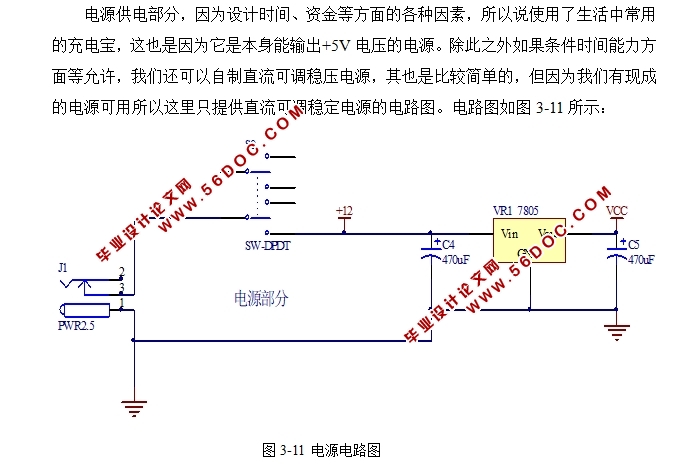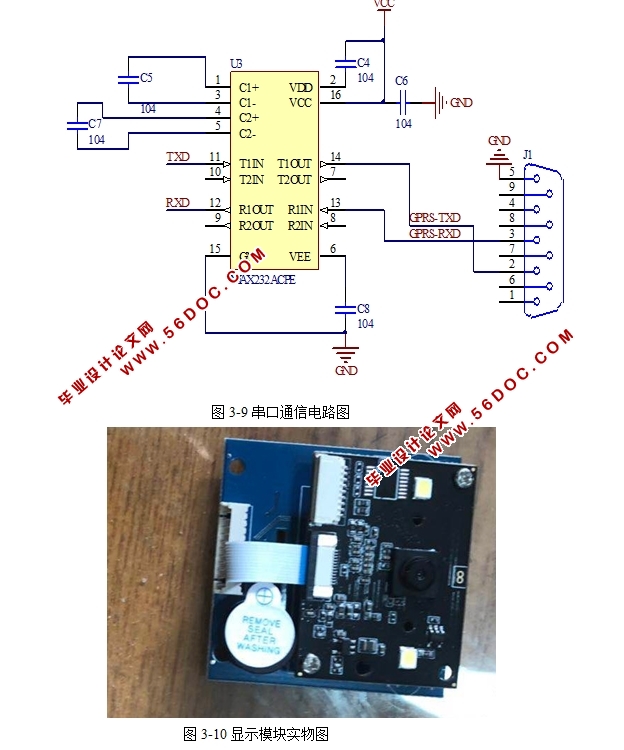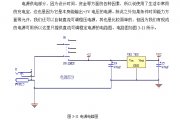基于单片机的条形码数据采集系统的设计
来源:56doc.com 资料编号:5D19095 资料等级:★★★★★ %E8%B5%84%E6%96%99%E7%BC%96%E5%8F%B7%EF%BC%9A5D19095
资料以网页介绍的为准,下载后不会有水印.资料仅供学习参考之用. 密 保 惠 帮助
资料介绍
基于单片机的条形码数据采集系统的设计(课题说明书,开题报告,中期检查表,论文10000字)
摘 要 当今社会,科技日新月异,条形码已然成为一种商品交易语言,愈发完善的条形码技术已成为现当代不可或缺的一种商品流通手段。市面上的条形码识别设备非常之多,识别器识别的基本原理也已经了解清楚,现将设计一个简便、低功耗、操作简单快捷的一种条形码识别装置。装置主要由单片机、条码识别模块、LCD1602液晶显示器和电源组成,条形码识别模块将采集的数据信息通过串行通信传送给单片机,然后单片机在并行通信传送给LCD1602字符液晶显示器,从而实现条形码数据的显示。软件部分运用Keil进行程序的编译和调试,经多次调试,最后完成本设计。
关键词条形码; 单片机; 数据采集
Design of Bar Code Data Acquisition System Based on Single Chip Microcomputer
AbstractWith the development of science and technology, bar code has become an commodity trading language, and the more perfect bar code technology has become an indispensable means of commodity circulation in modern and contemporary times. There are many barcode recognition devices on the market, and the general principle of barcode recognition has been clear. Now a simple, low power, simple operation barcode recognition device will be designed. The device is mainly composed of single chip computer, bar code recognition module, LCD1602 liquid crystal display and power supply. The bar code recognition module transmits the collected data information to single chip computer through serial port, and the single chip computer transmits the received data information to LCD1602 character liquid crystal display, thus realizing the display of bar code data. In the software part, Keil is used to compile and debug the program. After debugging many times, the design is finally completed.
KeywordsBarcode; Single Chip Microcomputer; Data Acquisition


目 录
摘要及关键词 1
1 绪论 1
2 主控模块单片机及条形码相关基础原理 1
2.1主控模块单片机及其分类 1
2.2条形码相关知识 2
2.3条形码识读原理及相关 5
3 条形码数据采集系统的硬件设计相关 6
3.1原理图设计 6
3.2系统总体设计方案 7
3.3主机模块的电路设计 7
3.4显示模块电路设计 11
3.5串口模块及其他 12
3.6条形码数据采集模块 13
3.7电源电路的设计 14
4 条形码数据采集系统的软件设计 15
4.1条形码数据采集系统的总流程图 15
4.2显示模块的子程序设计 16
5 系统调试 19
5.1硬件调试 19
5.2软件调试 20
6 结论 20
参考文献 21
致谢 23
|





